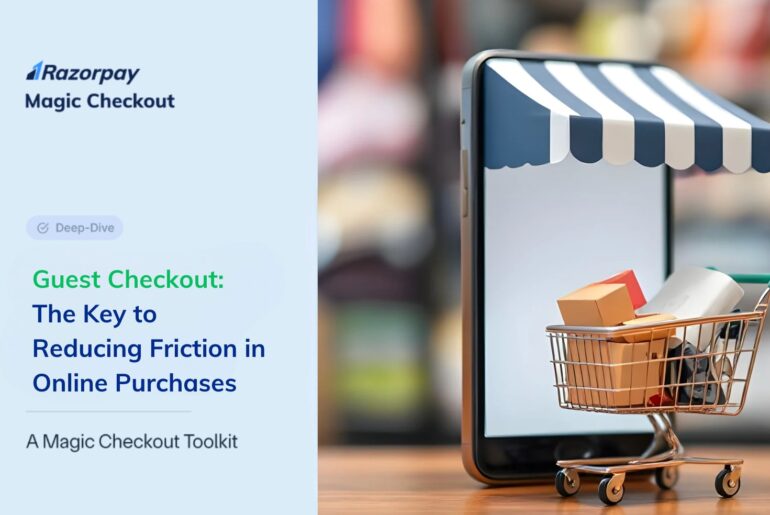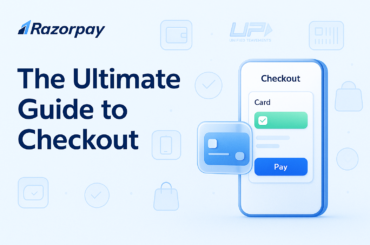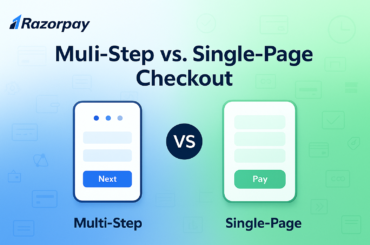Table of Contents
What is Guest Checkout?
Guest checkout lets customers place an order without creating an account. It skips the sign-up process and allows shoppers to complete their purchase by just entering basic information like shipping and payment details.
It’s a simple way to reduce friction, especially for first-time buyers who want a quick and easy checkout. By removing the need to register, guest checkout can help lower cart abandonment and increase conversions.
In this blog, we’ll break down:
✅ How guest checkout works (step-by-step process)
✅ The pros and cons of guest checkout
✅ Best practices for integrating it into your checkout experience
✅ Alternatives to guest checkout: Exploring one-click checkout
By the end, you’ll know exactly how to implement guest checkout in a way that enhances conversions while balancing customer retention.
Guest Checkout: How It Works
Guest checkout simplifies the buying process by removing the need for account creation. Instead of forcing customers to register, it allows them to make a purchase using only essential details. Here’s how the process typically works:
Step 1: Add Items to Cart
The customer selects products and proceeds to checkout, just like they would with a registered account.
Step 2: Choose Checkout Option
At checkout, they are given two options:
- Sign in / Create an account (for returning or new users)
- Continue as a guest (without signing up)
If they choose guest checkout, they move directly to the next step.
Step 3: Enter Shipping & Billing Information
The customer fills in their shipping address, billing details, and contact information. Since they aren’t logged in, none of these fields are pre-filled.
Step 4: Payment Selection & Completion
They select a payment method, enter their details, and confirm the purchase. Some businesses offer saved payment methods for returning customers, even without an account.
Step 5: Order Confirmation
Once payment is processed, an order confirmation page appears, and a receipt is sent via email. Businesses may also prompt customers to create an account after checkout by offering perks like order tracking or future discounts.
Pros & Cons of Guest Checkout
While guest checkout enhances convenience, it comes with both advantages and drawbacks. Let’s break them down:
✅ Benefits of Guest Checkout:
- Faster Conversions – Reduces friction, leading to quicker checkouts.
- Lower Cart Abandonment – Many users drop off when forced to create an account.
- Higher First-Time Purchase Rates – Encourages hesitant buyers to complete their orders.
- Better Mobile Experience – Ideal for mobile users who prefer a quick checkout process.
- Increased Impulse Purchases – Reduces hesitation by eliminating extra steps.
❌ Drawbacks of Guest Checkout:
- No Customer Retention – Since data isn’t stored, returning customers must re-enter their details.
- Limited Marketing Opportunities – It is harder to send personalized follow-ups or nurture long-term relationships.
- Reduced Loyalty & Engagement – Customers may feel less connected to the brand without an account.
- No Order History Access – Users can’t easily track past purchases or reorders.
- Potential for Higher Return Rates – Customers may make less thoughtful purchases, leading to more returns.
Guest Checkout vs. Account Creation
Businesses often wonder: Should I require customers to create an account?
The answer depends on your business model. If your goal is a long-term engagement, an account helps. However, forcing registration at checkout can drive customers away. A hybrid approach—offering guest checkout while incentivizing account creation later—often works best.
If you’re refining your checkout process, finding the right balance between convenience and customer retention is crucial.
Impact on Conversions & Cart Abandonment
Data suggests that forcing account creation leads to higher cart abandonment rates. Studies show that up to 24% of shoppers abandon carts when required to register.
For brands, this is a clear signal: reducing friction at checkout boosts conversions. The checkout experience directly impacts sales, making it essential to optimize the entire journey. Learn more in our guide on the checkout page best practices.
🟡 Important Read: Want to go beyond guest checkout and explore how to optimize your entire checkout experience? Check out this comprehensive blog on maximizing conversions through a frictionless checkout flow.
Best Practices for a Seamless Guest Checkout Experience
To effectively integrate guest checkout and minimize friction:
- Make it Visible: Clearly present the “Guest Checkout” option alongside the account login/creation. Don’t make it hidden or secondary.
- Minimize Form Fields: Only ask for absolutely essential information (shipping address, email, payment details). Reduce any unnecessary fields.
- Use Clear Labels: Ensure all labels are straightforward and easy for guests to understand. Avoid jargon.
- Assure Security: Clearly communicate the security measures in place to protect guest users’ data.
- Offer Post-Purchase Account Creation: After successful checkout, provide a simple, one-click option to create an account, pre-filling details where possible. Highlight the benefits of creating an account (e.g., order tracking, faster future checkouts).
- Optimize for Mobile: Ensure the entire guest checkout process is smooth and responsive on all mobile devices.
- Test and Iterate: Regularly test your guest checkout flow to identify any usability issues and make improvements based on user behavior.
Alternatives to Guest Checkout: A Smarter Approach
While guest checkout reduces friction, it can limit customer retention and personalization. A powerful alternative that offers the best of both worlds – speed and potential for future engagement – is one-click checkout.
One-click checkout isn’t solely for returning customers. Even first-time visitors to a store with one-click checkout enabled can experience a streamlined, return-like shopping flow. This is because the platform can securely store their shipping and payment details during their initial purchase (with their explicit consent).
Customers increasingly expect a fast and seamless checkout experience. They value saving time and want a super-fast way to complete their purchases. This demand is why features like one-click checkout are gaining popularity.
Solutions like Magic Checkout exemplify this approach, offering:
- 5X Faster Checkout: Auto-fills contact, payment, and shipping details while enabling seamless one-step login for returning users.
- Gamified Promotions: Supports 12+ coupon types to enhance engagement and increase conversions.
- COD Intelligence: Analyzes risk factors in cash-on-delivery transactions to reduce RTO losses.
- RTO Protection: Covers reverse shipping costs for high-risk orders, helping businesses mitigate losses.
- Widest Payment Method Coverage: Supports cards, UPI, BNPL, EMI, wallets, and COD, ensuring customers can pay their way.
This approach eliminates friction while retaining valuable customer data, striking the perfect balance between speed and long-term engagement.
Final Thoughts
Guest checkout is a powerful tool, but it’s not the only solution. Brands must balance speed, convenience, and customer loyalty. If you’re looking for ways to refine your checkout flow, start by understanding the fundamentals, explore Define Checkout to dive deeper.



